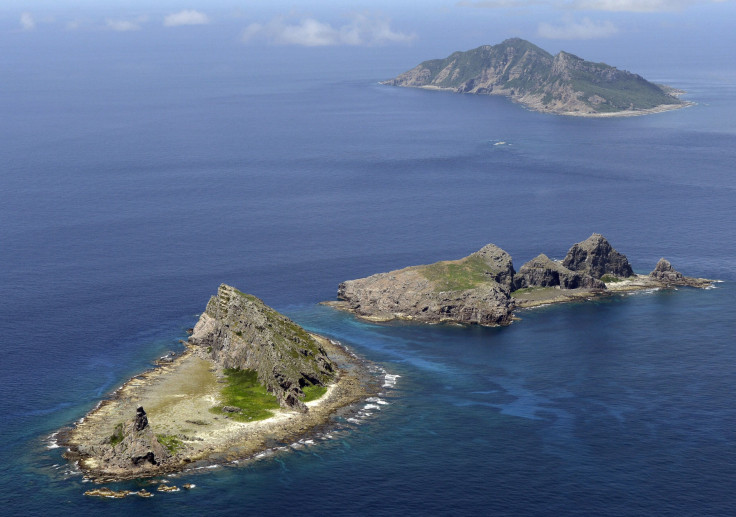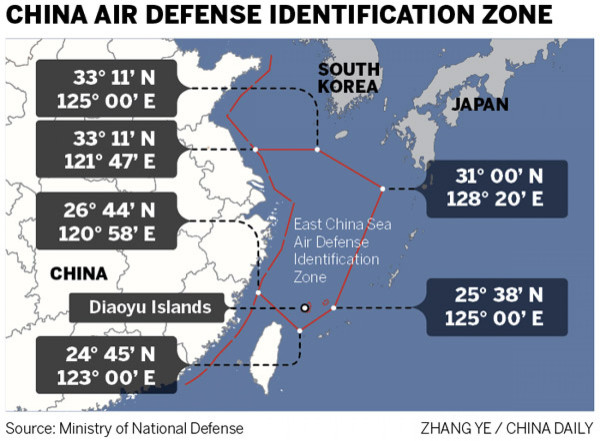Diaoyu/Senkaku Air Defense Zone: Escalating China-Japan Tension Could Hit Bilateral Trade, Investment

The recent escalation of the conflict over the Diaoyu/Senkaku islands could lead to renewed disruption of bilateral trade and investment between China and Japan, according to Marcel Thieliant, analyst at Capital Economics.
The stakes in the dispute are certainly higher for Japan, since its dependence on China is significantly larger than China’s reliance on Japan.
“Should the tensions intensify, the experience from last year suggests that the impact on Japan’s domestic economy would be quite small, but Japanese companies operating in China may experience more severe disruptions,” Thieliant said in a note to clients.
China and Japan have been locked in a row over the rocky islets known as Diaoyu in China and Senkaku in Japan for years.
In the latest escalation of the crisis, China declared an “Air Defense Identification Zone (ADIZ)” on Saturday that includes a significant part of the disputed islands in the East China Sea. The zone is about two-thirds the size of Britain.

Airplanes flying to the area are supposed to identify themselves to Beijing. However, Japanese airlines have ignored the measure and flown through the area without providing their flight plans. On Tuesday, the U.S. flew a pair of unarmed B52 bombers across the zone without asking Beijing’s permission in what appeared to be a direct challenge to the Chinese claim.
Last September, the Japanese government’s decision to purchase three of the five tiny islands from their Japanese owner resulted in widespread anti-Japanese protests in China, a boycott of Japanese goods and the closure of several Japanese businesses in China.
The share of Japan’s exports going to China has fallen since tensions increased, returning the U.S. to its position as Japan’s largest export partner. Japanese firms have also sharply reduced the proportion of their outward direct investment that goes to China, according to Thieliant.
Sales of Japanese consumers goods were most affected, with the market share of Japanese cars briefly falling from around 20 percent to 8 percent in October last year. “More than 90 percent of Japanese cars sold in China are produced locally, so the direct impact on Japanese gross domestic product was limited,” Thieliant said. “However, the conflict severely disrupted operations of Japanese subsidiaries in China.”
Moreover, local sales of Japanese manufacturing subsidiaries in China fell around 25 percent year-over-year in the first quarter of 2013, or by roughly 700 billion yen ($6.85 billion) based on the exchange rate prevailing in early 2012. Sales subsequently rebounded in yen terms, but the scale of the rebound has been flattered by the weakness in the yen. In U.S. dollar terms, sales were still down 9 percent year-over-year in the second quarter.
Sales from Chinese subsidiaries to Japan and other countries were affected by the shutdown in production facilities as well, but less than local sales.
© Copyright IBTimes 2024. All rights reserved.






















